News Desk

Thin dusting of water ice appears to form overnight in summit craters and evaporate after sunrise, scientists say
The universal equation has been shown to accurately predict the flapping frequency of birds, insects and even long-extinct prehistoric creatures like the flying reptiles, pterosaurs. It even translates to the flapping flippers of swimming creatures like whales and penguins. The study is published in the open-access journal PLOS ONE.
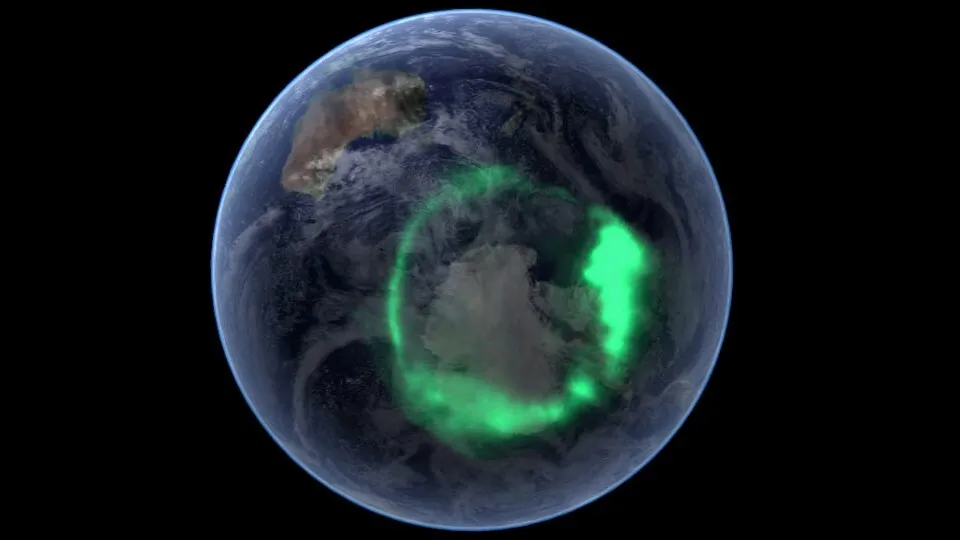
Mysterious dark matter could slosh over our planet like a wave. If it does, it may produce telltale radio waves in Earth’s atmosphere, new theoretical research suggests.
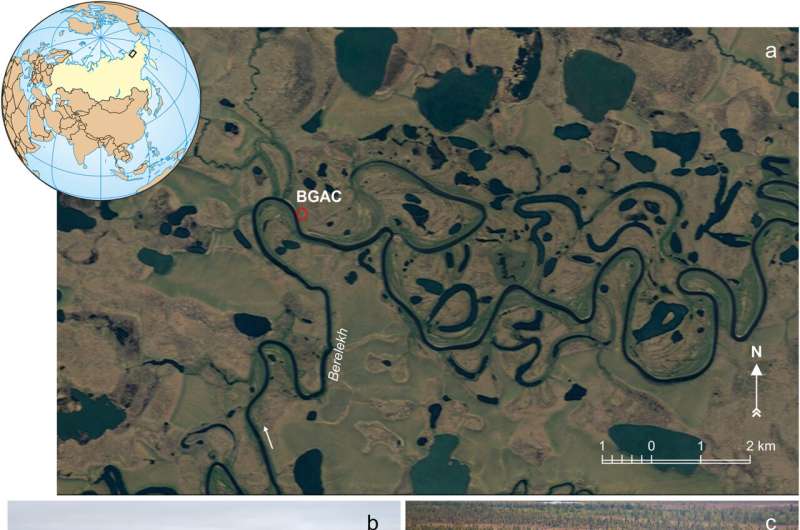
In the East Siberian Arctic (>70 °N), there is not only evidence of significant woolly mammoth populations, but also how humans interacted with them, the focus of new research in Quaternary Science Reviews.
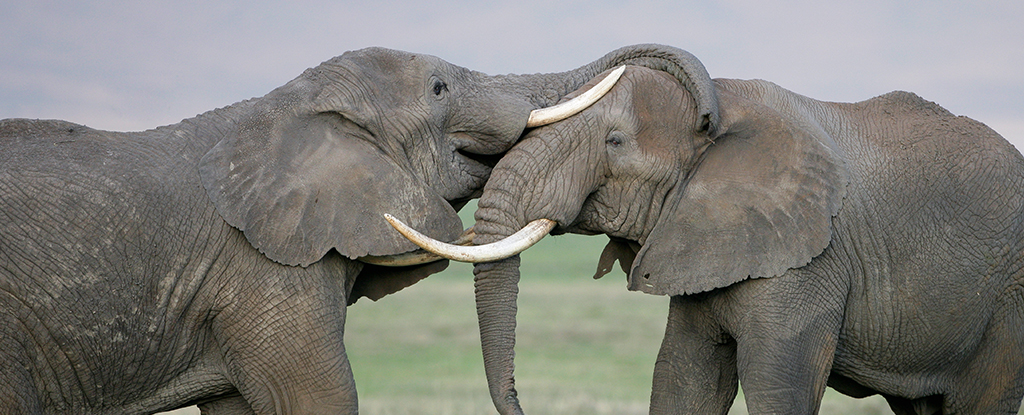
Elephants call out to each other using individual names that they invent for their fellow pachyderms, a study said on Monday.
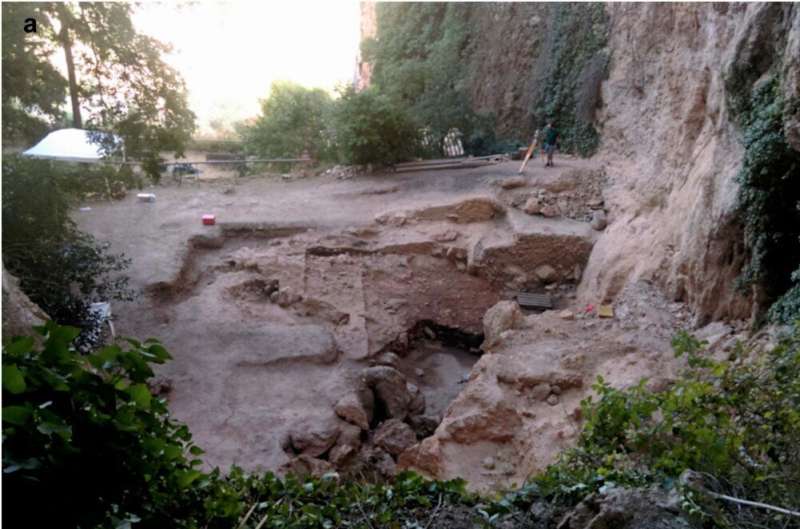
A new dating technique is used to more accurately estimate time differences between Paleolithic-age hearth fires. In a paper published in the journal Nature, the group describes how their new dating technique works, its accuracy range, and what their findings reveal about Neanderthals living in a river valley in what is now Spain approximately 50,000 years ago.
Psychedelic experiences can lead to a reduction in death anxiety, potentially through altering an individual’s metaphysical beliefs, according to new research published in the journal Death Studies.
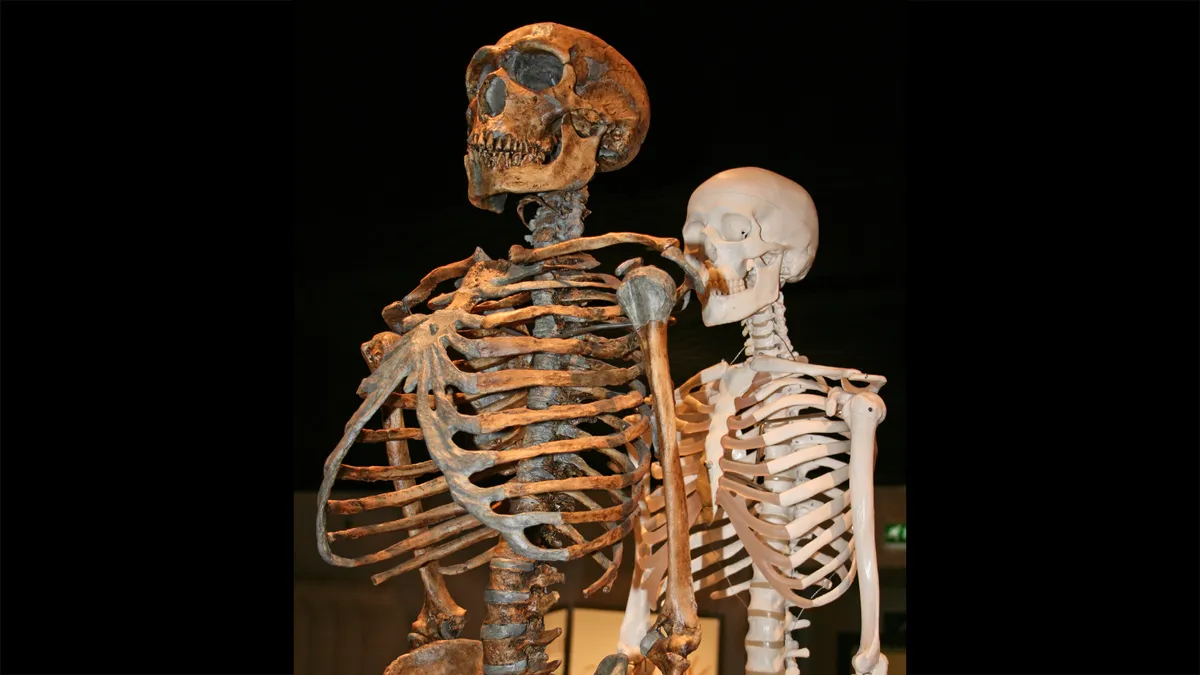
Neanderthal genes seen in modern humans may have entered our DNA through an interval of interbreeding starting about 47,000 years ago that lasted nearly 7,000 years, new research finds.
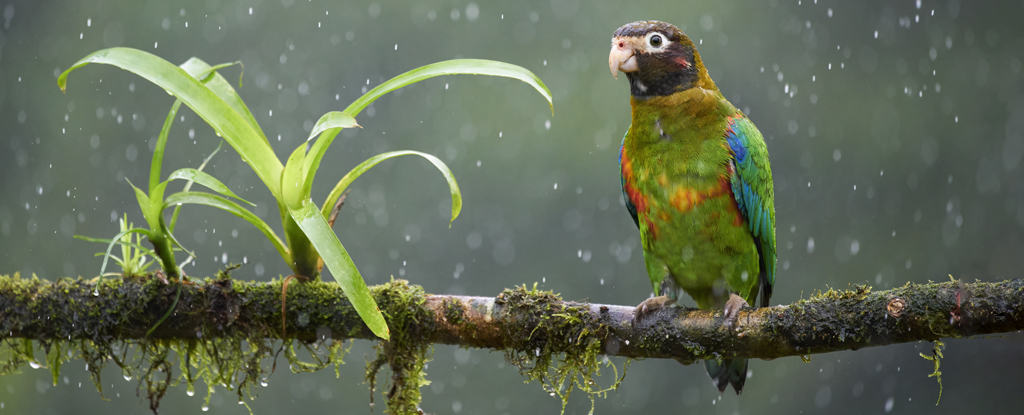
Earth’s largest remaining tract of tropical rainforest is kept alive by a complex water cycle that we’re only just beginning to understand. Yet our activities are changing it before we can see the full picture, a new report finds.

In a decision that shocked some observers, key advisers to the US Food and Drug Administration (FDA) voted that the effectiveness of the party drug MDMA for treating post-traumatic stress disorder is unproven.
Details of the “highly unusual” neutron star’s discovery is published in Nature Astronomy. There have been more than 3,000 radio-emitting neutron stars discovered. The newly found star’s spin is well outside what astrophysicists predict of neutron star behaviour.
New research led by geologists at Western Australia’s Curtin University provides evidence that fresh water emerged on Earth about 4 billion years ago – half a billion years earlier than previously thought. The study is published in the journal Nature Geoscience.
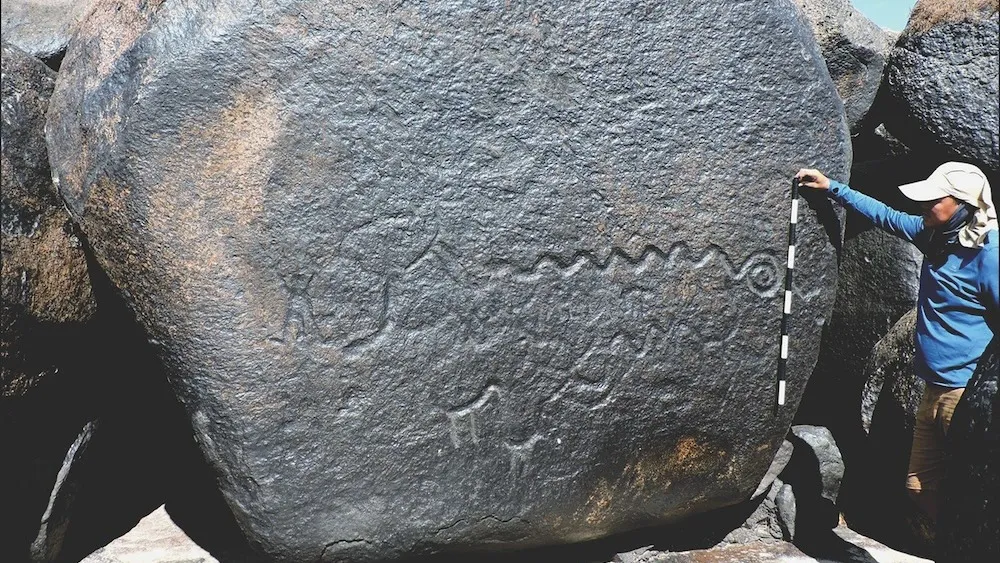
Archaeologists have fully mapped a series of ancient rock art in Venezuela and Colombia, including the world’s largest monumental engraving, using photography and drone footage. The study was published on Tuesday (June 4) in the journal Antiquity.

Researchers have explored how the River Nile evolved over the past 11,500 years and how changes in its geography could have helped shape the fortunes of ancient Egyptian civilisation. The research is published in Nature Geoscience.
Image by: Marc Ryckaert (MJJR – Wiki Commons)
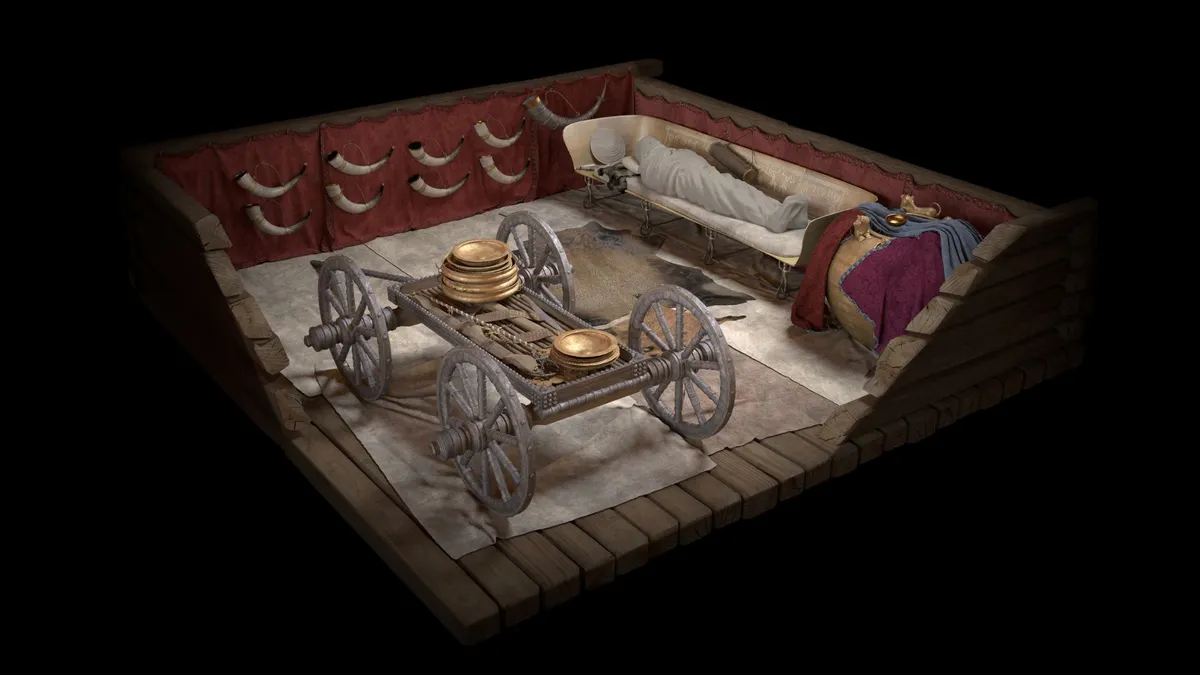
An uncle and nephew buried in two of the richest burial mounds, along with evidence of first-cousin inbreeding, point strongly toward matrilineal dynasties of elite power, according to the study, which was published Monday (June 3) in the journal Nature Human Behaviour
New research published in the journal Science Advances might explain the Earth-shaking processes that led to the end-Cambrian mass extinction.








